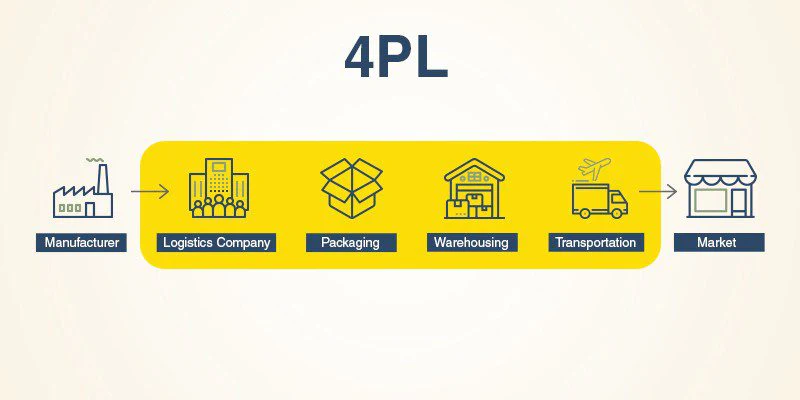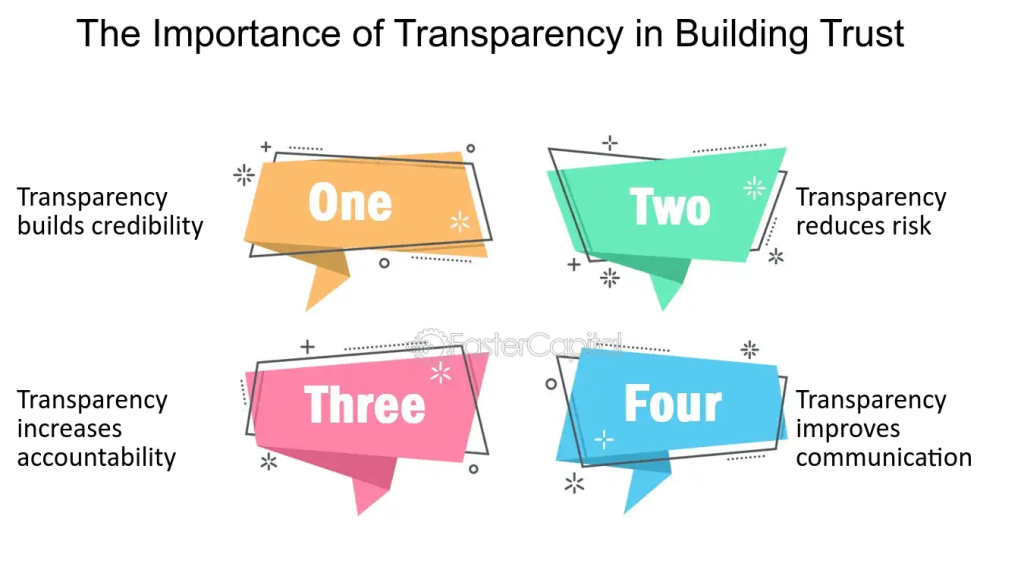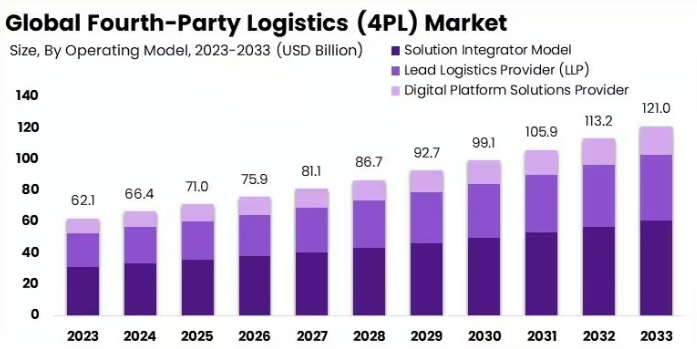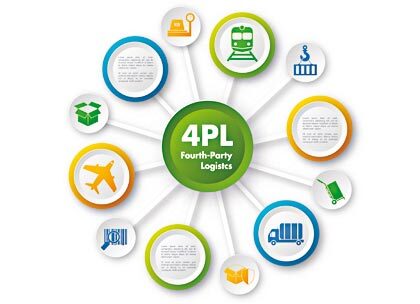How 4PLs Use Logistics Visibility to Win Clients
Fourth-party logistics providers (4PLs) are expected to do more than merely coordinate shipments. They must integrate diverse systems, manage relationships with multiple carriers, and provide their clients with end-to-end transparency throughout the supply chain. As businesses demand greater control and real-time data, logistics visibility tools have become essential for 4PLs seeking to differentiate themselves and win long-term contracts.

Visibility: A Strategic Asset for 4PL Providers
Logistics visibility refers to the ability to monitor goods, inventory, and orders in real-time throughout their movement across the supply chain. For 4PLs, who act as orchestrators across carriers, warehouses, and IT systems, visibility tools are no longer optional. They are the foundation of effective decision-making, customer communication, and operational efficiency.
By leveraging visibility tools, it can unify data from multiple sources, such as last-mile carriers, freight forwarders, and third-party warehouses. The result is a single, consistent view of all logistics operations. This transparency allows clients to anticipate delays, manage expectations, and optimize their supply chain strategy based on live insights, not outdated reports.
Building Confidence Through Transparency
One of the main reasons clients turn to 4PLs is to offload complexity. But with that delegation comes the need for trust. Clients want to know where their products are when they’ll arrive, and how issues are handled. Visibility tools enable it to offer this transparency, reducing client anxiety and increasing accountability.

This becomes especially valuable when dealing with international shipments, where delays may be caused by customs, documentation issues, or differing carrier standards. Real-time alerts allow it to react before small disruptions escalate into costly delays. Clients are also reassured by the ability to track shipments themselves without relying on periodic updates or spreadsheets.
Unlocking Value Through Carrier Management
4PLs typically manage a diverse portfolio of carriers. This includes global transport providers, regional delivery companies, and specialized service partners. Without a strong visibility framework, performance monitoring and coordination across these channels can become fragmented and error-prone.
By integrating a structured carrier management and delivery visibility service, Postalparcel helped a European client consolidate reporting across more than ten regional carriers in Southeast Asia. Before this, the client had struggled to track cross-border deliveries and faced increasing customer complaints due to inconsistent ETAs. After implementation, they achieved a 30% improvement in delivery predictability and reduced inquiry tickets by nearly half—without replacing their existing carriers.
This kind of strategic visibility, combined with 4PL expertise, helps companies make informed decisions about logistics partnerships and route planning. It also gives measurable KPIs to present in client reviews, reinforcing the value they bring.
Inventory and Order Management Enabled by Visibility
Beyond transportation, 4PLs also support inventory coordination and order fulfillment. Visibility tools allow businesses to monitor warehouse levels, shipment progress, and SKU-level movement in near real-time. This makes it easier to plan replenishments, avoid stockouts, and meet customer expectations in both B2B and B2C environments.

For example, a growing consumer electronics brand in North America needed better insight into regional inventory flows. By utilizing inventory and order visibility services provided through Postalparcel’s platform, they were able to streamline restocking across three distribution centers, minimizing overstock and improving order accuracy. This not only improved fulfillment speed but also lowered warehousing costs during peak seasons.
Such integration helps its transition from reactive fulfillment to predictive logistics support. With clients seeking greater operational flexibility, these services become critical to both daily operations and long-term scalability.
Insights That Drive Client Success
Another key advantage of visibility tools is the data they generate. Shipment performance, inventory turnover, warehouse dwell time, and delivery cycle times can all be monitored and reported. This gives clients actionable insights that influence supply chain design, procurement planning, and vendor negotiation.
4PLs can also use this data to provide value-added services, such as demand forecasting support, risk mitigation analysis, and route optimization. When clients see that their logistics provider is not only executing shipments but actively improving the entire logistics strategy, they are more likely to commit to long-term partnerships.
Visibility as a Differentiator in the 4PL Market
In a crowded logistics marketplace, visibility tools can give it a decisive edge. Instead of competing purely on cost or coverage, they can position themselves as strategic enablers of supply chain transformation. The ability to deliver operational clarity and business insights creates a compelling value proposition—especially for mid-sized enterprises looking to scale globally without investing in their own logistics infrastructure.

Conclusion
Logistics visibility has become a defining requirement for modern 4PLs. It allows them to manage complexity, improve reliability, and offer clients real-time transparency across transportation, inventory, and order fulfillment. By effectively leveraging visibility tools, it can move beyond the role of coordinator and become a trusted advisor in the supply chain process.
Providers like Postalparcel have demonstrated the impact of service-based visibility solutions in real-world scenarios, proving that effective logistics management is about clarity, not complexity. As businesses increasingly demand speed and precision, 4PLs that deliver both performance and transparency will continue to lead the market.
Industry Insights
news via inbox
Nulla turp dis cursus. Integer liberos euismod pretium faucibua








